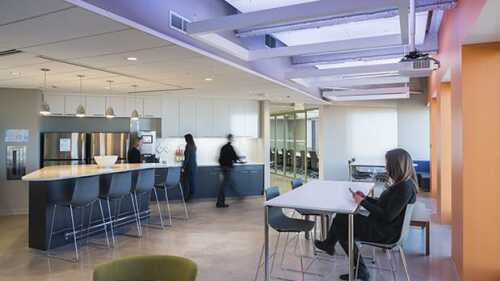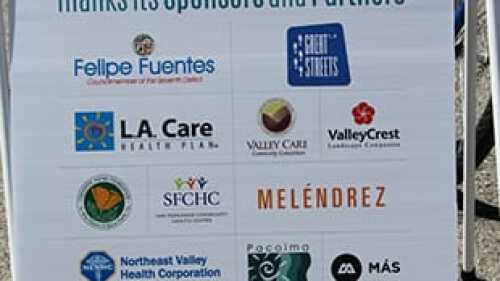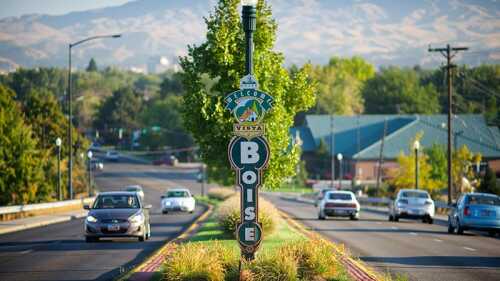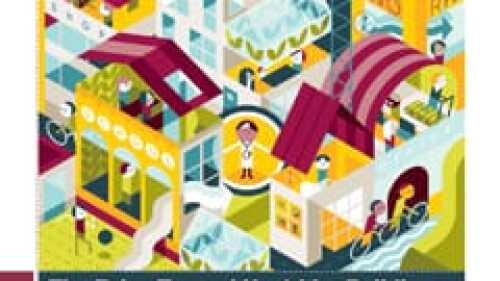Healthy Places
As vehicle use and shopping habits change rapidly, densified parking areas can free up space for new uses that benefit the community.
One of the most difficult challenges for those seeking to adopt emerging technologies in commercial real estate is justifying the cost of implementing such measures. A recent ULI event in Boston highlighted the benefits of the evolving standards on health and wellness by five industry practitioners.
The growing popularity of building for health and wellness and the value derived from it are explored in a new ULI report, The Business Case for Healthy Buildings: Insights from Early Adopters. The report documents how real estate leaders worldwide are increasingly seeking to create environments that support healthy lifestyles in both workspaces and homes.
Demographic changes taking root today will affect society and the built environment for decades to come, according to Eike Wenzel, managing partner of the Institut für Trend- und Zukunftsforschung. He spoke about what cities can do to anticipate and adapt to these changes at the ULI Germany 2017 Urban Leader Summit in Frankfurt.
“Urban living is one of the key drivers of unsustainability,” said Ed Groak, chairman of the Worldwatch Institute, at the recent launch of the 2016 State of the World report, Can a City Be Sustainable?Despite the many challenges, the report indicates that the answer is yes.
After years of community conversations, planning, and stalled projects, the Los Angeles neighborhood of Pacoima is getting closer to moving forward on a wide range of initiatives to bring new life to Van Nuys Boulevard, the area’s main thoroughfare.
Bill Freeman sets out for his morning strolls early. The avid Boise, Idaho, walker strategically navigates the city’s north Vista Avenue corridor, avoiding certain difficult intersections.
ULI’s Building Healthy Places Initiative and the Rose Center for Public Leadership are taking a closer look at auto-oriented commercial strips and their potential to activate healthy behaviors in surrounding communities instead of inhibiting them through demonstration corridors in four geographically diverse and growing cities.
Many Americans face significant community design-related barriers to living a healthy life, according to ULI’s new report America in 2015, with more than half saying they cannot walk to shopping and entertainment in their communities.
ULI recently supported an effort by the American Institute of Architects and McGraw Hill Construction to take the pulse of key stakeholders that have the ability to influence healthy design, construction, and operation of buildings.







